I chose to have the eyebrow as the focus of the piece because it had a very high light when compared to the rest of the image that is full of dark tones and black. I tried to unify the image by the texture of my hair that you see in multiple areas around the piece. The piece has a broad range because of the small high light/white moments, but the image is very low key because it is mostly composed of dark tones and black.
Time spent: 1 hour 30 mins

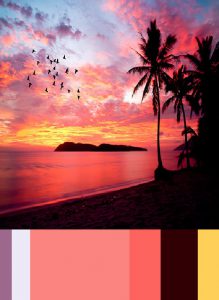
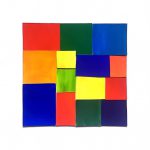
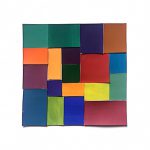

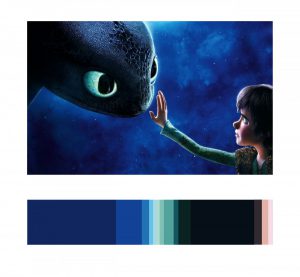

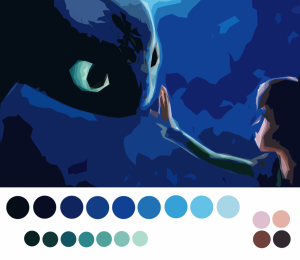
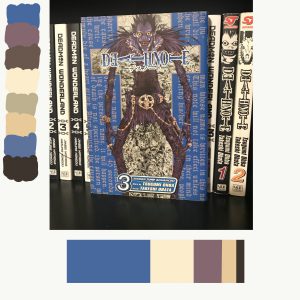
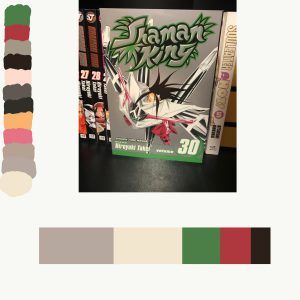
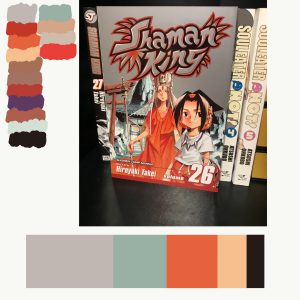


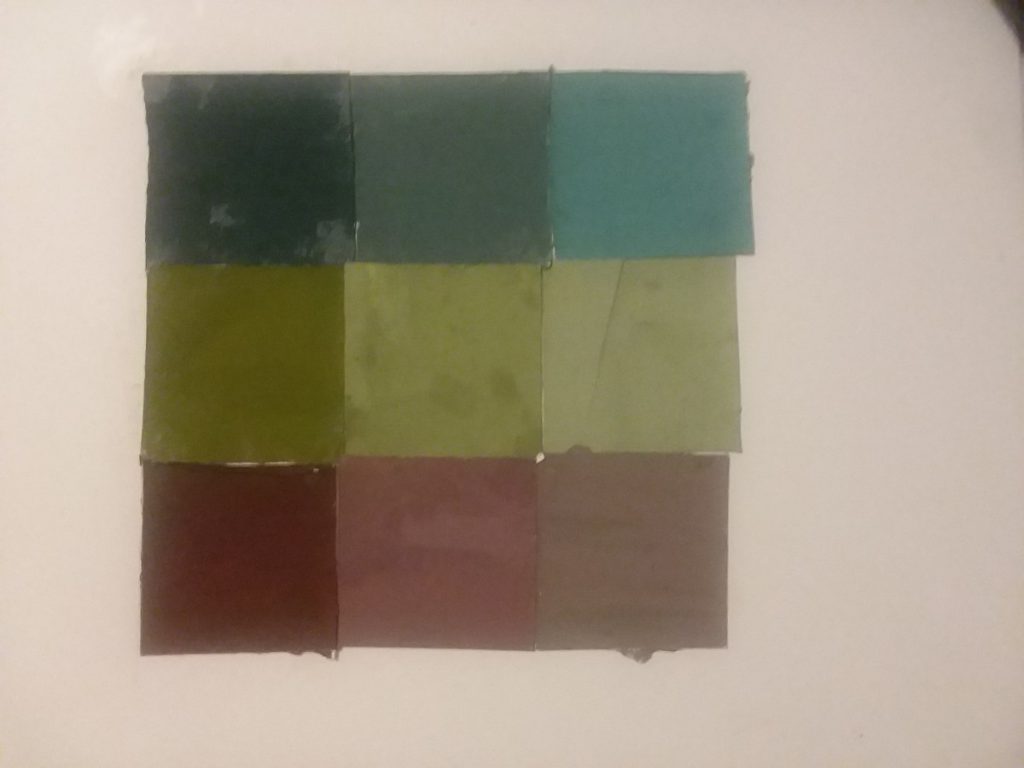
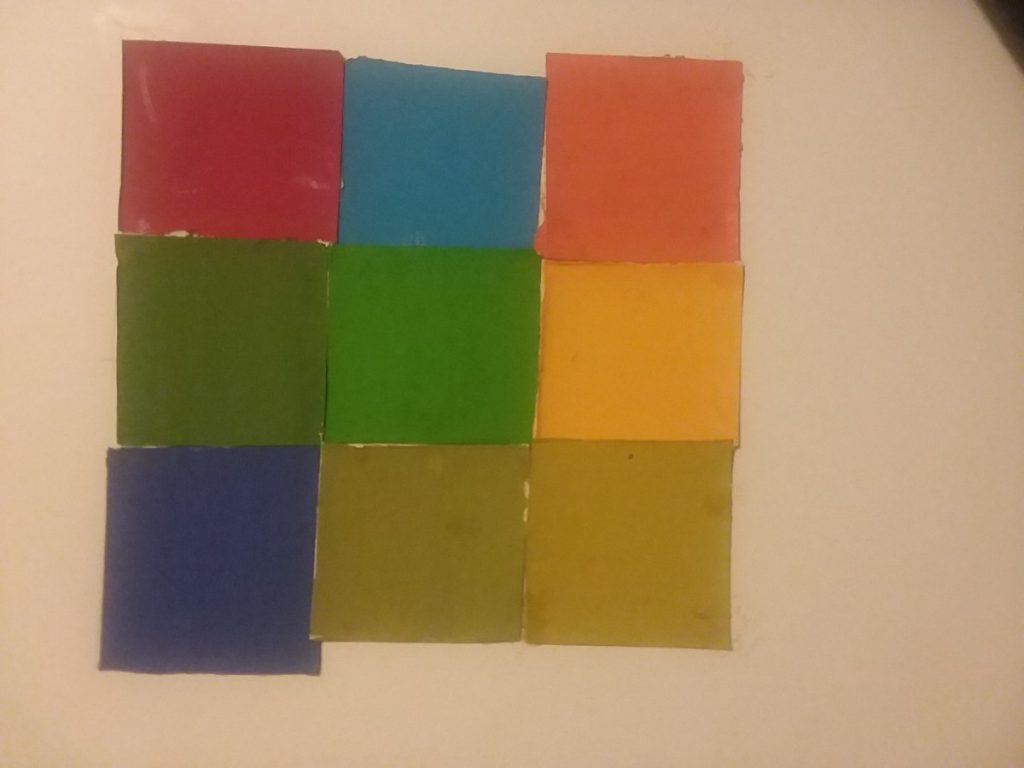
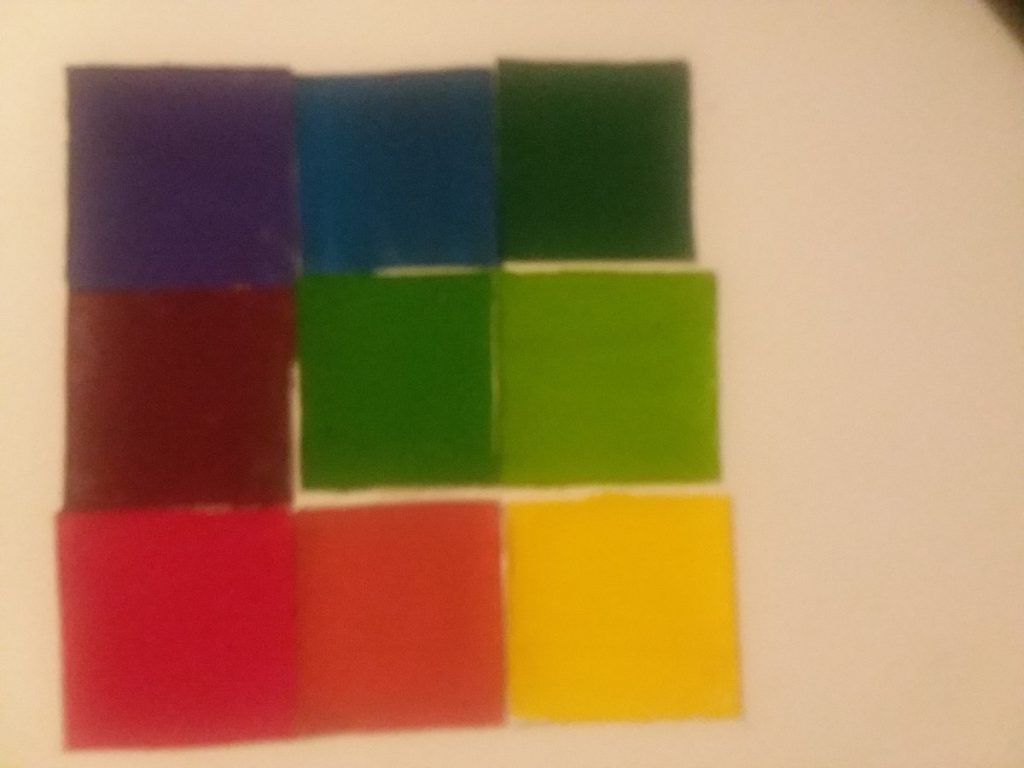




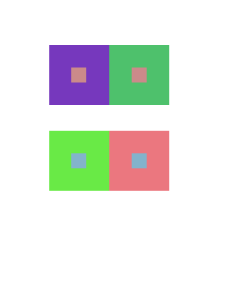

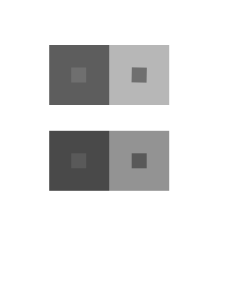




Recent Comments